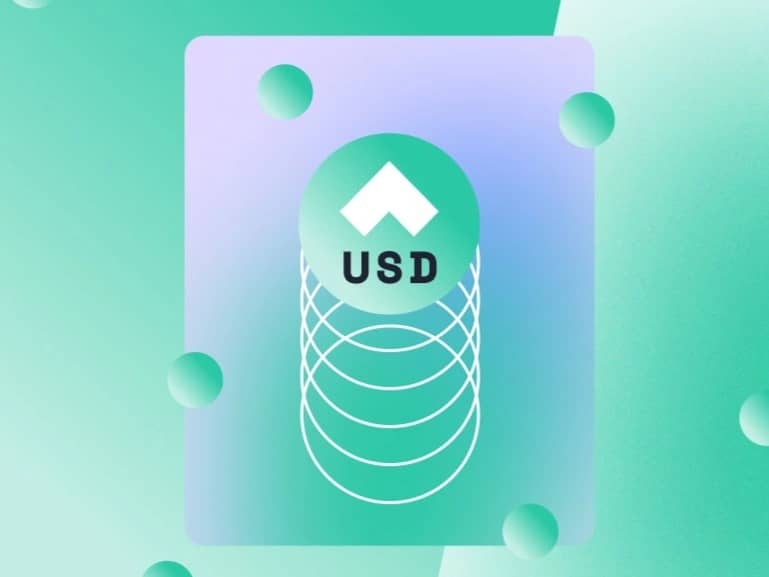订阅 wiki
Share wiki
Bookmark
USDA
USDA
USDA 是一种去中心化、超额抵押且生息的稳定币,与美元挂钩。它由 Angle 开发,旨在维持与美元 1:1 的平价,同时为其持有者提供来自协议储备资产的本地收益。 [1] [2]
概述
创建 USDA 的目的是作为美元的稳定、透明和资本效率高的链上表示。稳定币 是 Angle 生态系统的核心组成部分,该生态系统旨在为 去中心化金融 (DeFi) 构建强大的基础设施。USDA 的一个关键特性是它能够为其持有者产生本地收益。此收益来自支持稳定币的资产组合产生的回报,结合了来自 DeFi 和传统金融 (TradFi) 来源的收益。 [1] [2]
该稳定币还旨在与 Angle 的其他产品协同工作,最值得注意的是其与欧元挂钩的稳定币 EURA。通过提供可靠的链上美元和欧元,该协议旨在创建高流动性和高效的链上外汇 (forex) 市场。这允许用户以最小的摩擦在两种货币之间进行兑换。该项目将自身定位为各种 DeFi 应用(包括交易、借贷、借款和支付)的基础要素,通过提供具有嵌入式储蓄利率的稳定记账单位。 [3]
用例
- 稳定的价值存储:用户可以持有 USDA 以避免与其他加密货币相关的价格波动。
- 赚取收益:本地储蓄功能允许持有者从其稳定币持有量中获得被动回报。
- 链上外汇:USDA 可以与 Angle 的 EURA 稳定币 有效地进行兑换,从而促进链上外汇交易。
- 支付和转账:其稳定的价值使其适合支付贡献者、结算交易以及以低费用进行国际汇款。
- DeFi 集成:作为一种可组合的 ERC-20 代币,USDA 可以无需许可地集成到其他 DeFi 协议中,用于借贷和流动性提供。 [1]
生态系统
- 主网络:USDA 最初在 Ethereum 区块链 上启动,官方合约地址为
0x0000206329b97DB379d5E1Bf586BbDB969C63274。 - 其他网络:该稳定币在超过 13 个链上受支持,包括 Base 和 Optimism 等 Layer 2 解决方案,以及 BNB Smart Chain 和 Cardano 等其他 Layer 1 区块链。这种多链策略允许用户在不同的 DeFi 生态系统中与 USDA 交互,同时利用较低的交易费用。 [2] [1]
交易和流动性
- Uniswap:USDA 最活跃的市场是 Ethereum 网络上的 Uniswap v3,特别是 USDA/EURA 交易对,该交易对占其每日交易量的重要部分。
- 其他 DEX:该稳定币也在其他著名的 DEX 上进行交易,包括 Base 上的 Aerodrome Finance(USDA/USDC 交易对)和 Optimism 上的 Velodrome Finance v2(USDA/USDC 交易对)。它还在 PancakeSwap (BSC) 和 Minswap (Cardano) 上列出。
- 中心化交易所:USDA 在中心化交易所 IndoEx 上列出,但其在 CEX 上的交易量通常低于 DEX。 [2]
代币经济学
USDA 的代币经济学旨在反映其作为稳定币的功能,其供应根据用户对铸造和赎回的需求而扩张和收缩。USDA 的总供应量和流通供应量是动态的。截至 2025 年末,据报告总供应量约为 30,031,636 USDA,相应的市值约为 3005 万美元。整个供应量被认为在流通中。 [2]
治理
Angle 协议的治理和安全性通过链上机制、专门委员会和外部审计相结合的方式进行管理。
发现错误了吗?
